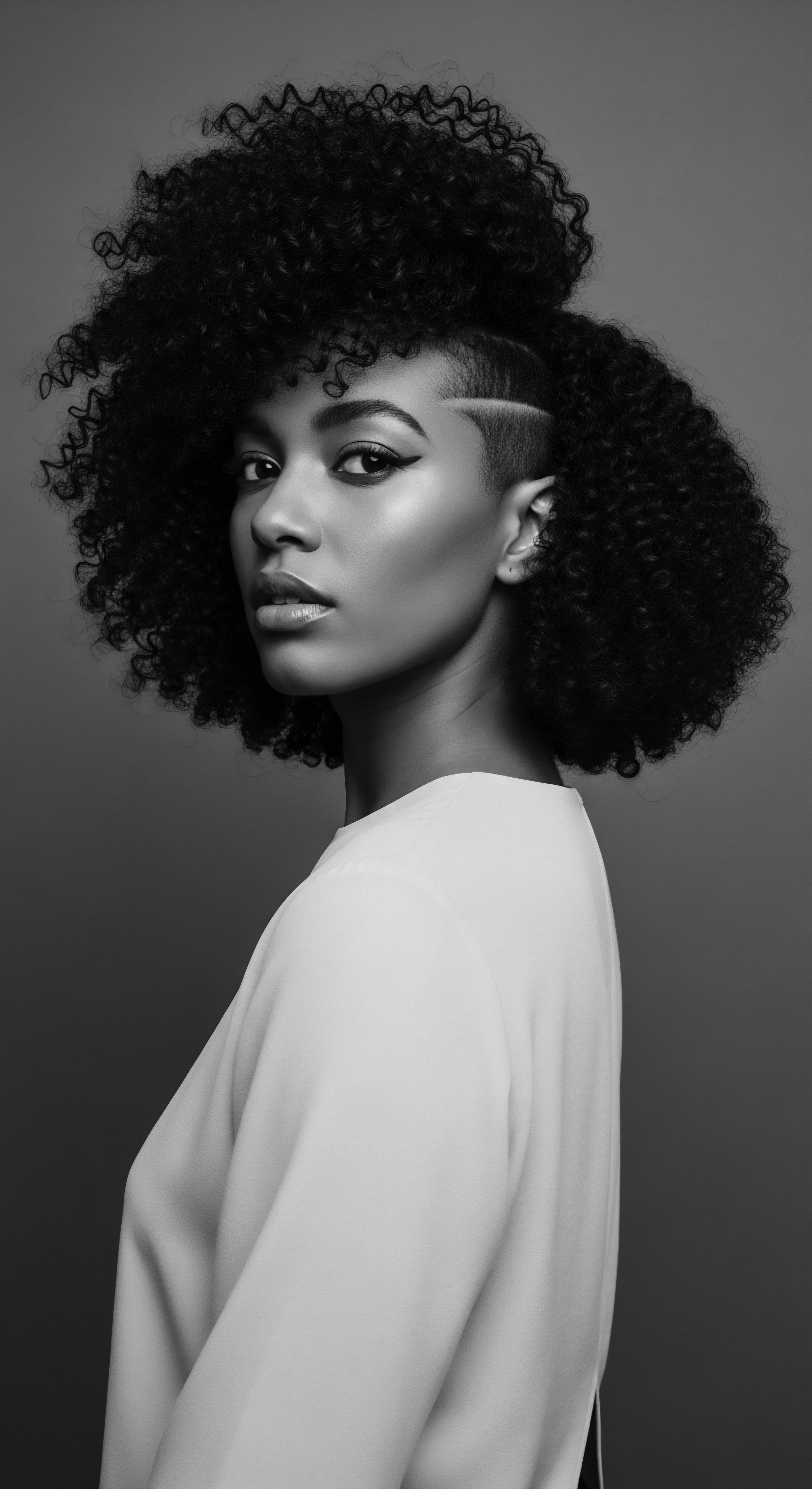
Fundamentals
Within Roothea’s living library, a profound meditation on textured hair, its heritage, and its care, the understanding of Silk Proteins unfolds as a gentle revelation. At its core, Silk Proteins are natural protein polymers derived from the delicate fibers spun by silkworms, primarily Bombyx mori. These remarkable organic compounds, often found in hair care formulations as hydrolyzed versions, represent a biological marvel.
Their fundamental purpose in the natural world is to create the resilient yet soft structure of silk, a material revered across cultures for its sheen and strength. When integrated into hair care, particularly for textured strands, their meaning shifts to one of profound nourishment and fortification.
The elementary definition of Silk Proteins in the context of hair care points to their ability to provide moisture, enhance sheen, and improve the overall resilience and tactile feel of the hair. They are essentially fragmented versions of the larger proteins, broken down through a process called hydrolysis into smaller peptides and amino acids. This molecular reduction allows them to interact more intimately with the hair shaft, moving beyond a superficial coating to offer deeper benefits. Their inclusion in products aims to restore a sense of balance and vitality to strands that may have endured environmental stressors or styling demands.
Understanding Silk Proteins in their simplest form involves recognizing their dual nature ❉ a biological origin steeped in the silkworm’s artistry and a functional purpose in hair care that echoes ancient desires for strong, supple hair. This dual aspect invites a deeper appreciation for how natural elements, once observed and utilized in ancestral practices, find their modern scientific expressions, continuing a timeless dialogue between humanity and the earth’s offerings.
Silk Proteins, in their fundamental essence, are nature’s gift, refined to bestow strength and supple moisture upon textured hair.
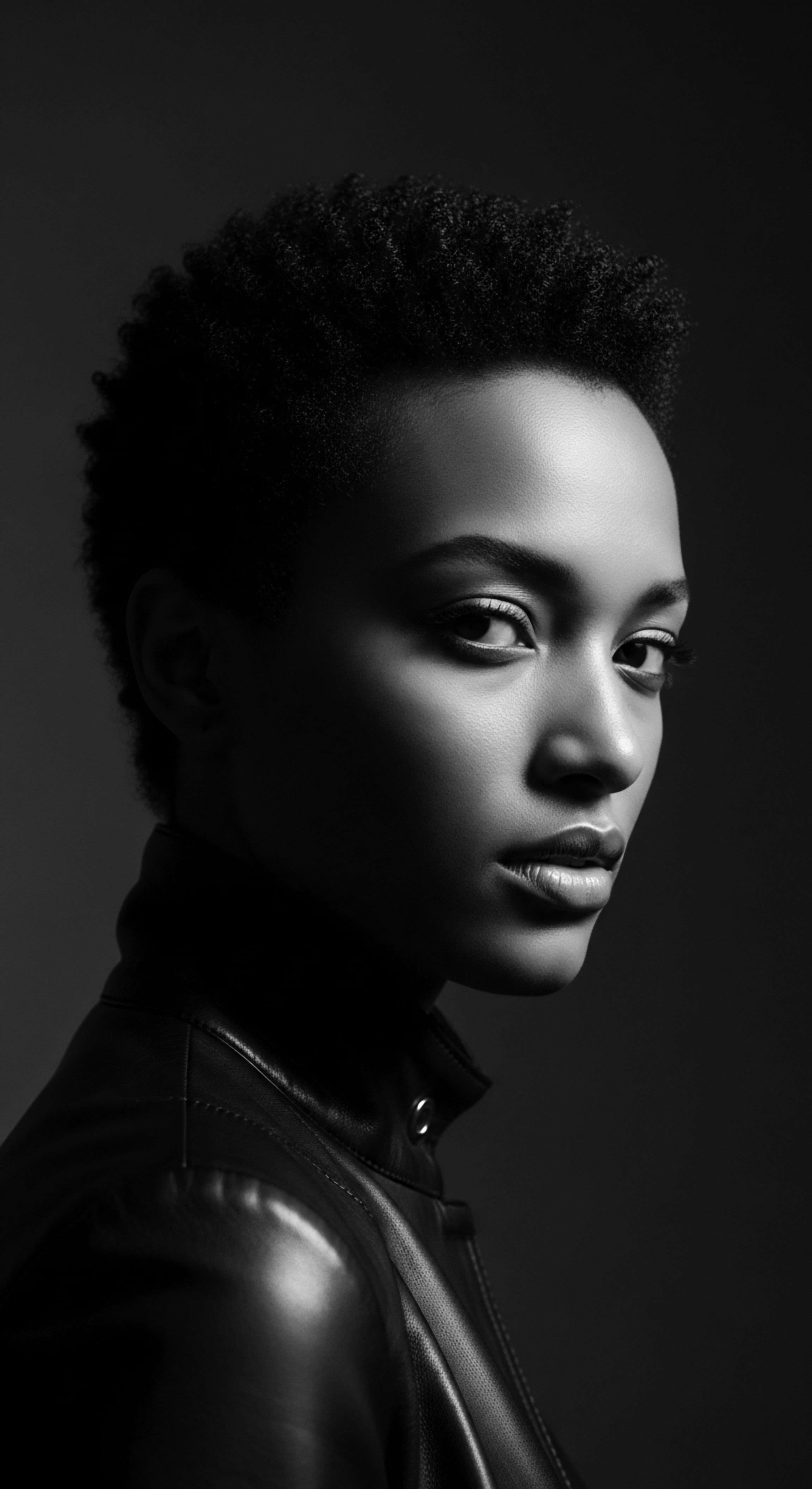
The Elemental Connection
The silkworm’s creation, the cocoon, comprises two principal proteins ❉ Fibroin and Sericin. Fibroin forms the structural core, providing the fiber’s mechanical integrity and strength, making up 70-80% of silk. Sericin, on the other hand, acts as a natural gum or adhesive, binding the fibroin strands together, accounting for 20-30% of the silk composition. When processed for hair care, these components are often separated and hydrolyzed, meaning they are broken down into smaller, more absorbable units like peptides and amino acids.
These smaller fragments are the key to their efficacy. Hair, predominantly composed of keratin protein, can suffer from structural weaknesses due to daily manipulation, environmental exposure, or styling practices. Hydrolyzed Silk Proteins, with their rich amino acid profile, can mimic and complement the natural proteins in hair, helping to reinforce the strand’s structure and restore a more harmonious balance. This molecular affinity allows them to contribute to improved elasticity, reducing the propensity for breakage and split ends, which are common concerns for textured hair types.
- Fibroin ❉ The robust backbone of silk, providing the fiber’s inherent strength and resilience, mirroring the desire for sturdy hair strands.
- Sericin ❉ The hydrophilic, moisturizing component, offering superior water retention and a protective film, much like ancestral emollients aimed to seal in vital hydration.
- Hydrolysis ❉ The scientific process that transforms raw silk into a more bioavailable form for hair, allowing its beneficial components to truly merge with the hair’s structure.
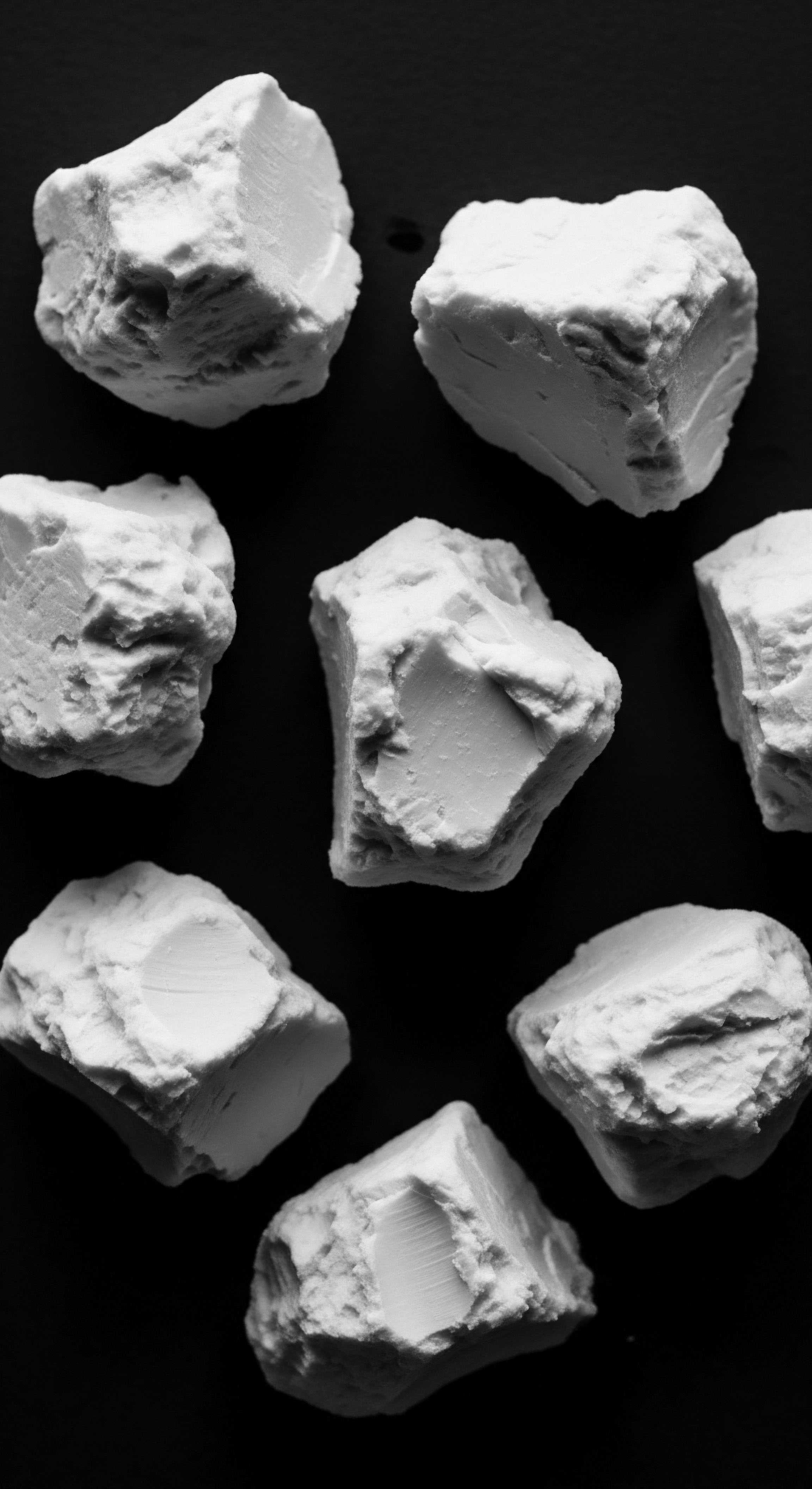
Intermediate
Moving beyond the foundational understanding, the intermediate meaning of Silk Proteins reveals a deeper appreciation for their role in nurturing textured hair, a practice deeply intertwined with ancestral wisdom and the enduring pursuit of hair vitality. Here, the explanation extends to the nuanced ways these proteins interact with the hair’s unique architecture, particularly the coil and curl patterns that distinguish Black and mixed-race hair. The journey of Silk Proteins from the silkworm’s delicate artistry to a cherished component in modern hair rituals is a testament to humanity’s continuous exploration of natural resources for wellbeing.
The benefits of Silk Proteins for textured hair go beyond simple conditioning. Their small molecular size, particularly in their hydrolyzed form, enables them to penetrate the hair shaft, rather than merely sitting on the surface. This deep interaction allows them to replenish lost protein and amino acids, which are vital for maintaining the structural integrity of the hair.
For hair types prone to dryness and breakage, a common reality for many textured strands due to their structural characteristics, this internal fortification is profoundly valuable. The result is not just a cosmetic sheen, but a genuine enhancement of the hair’s internal resilience and external suppleness.
Silk Proteins offer a profound dialogue with textured hair, whispering ancient promises of strength and sheen through modern science.
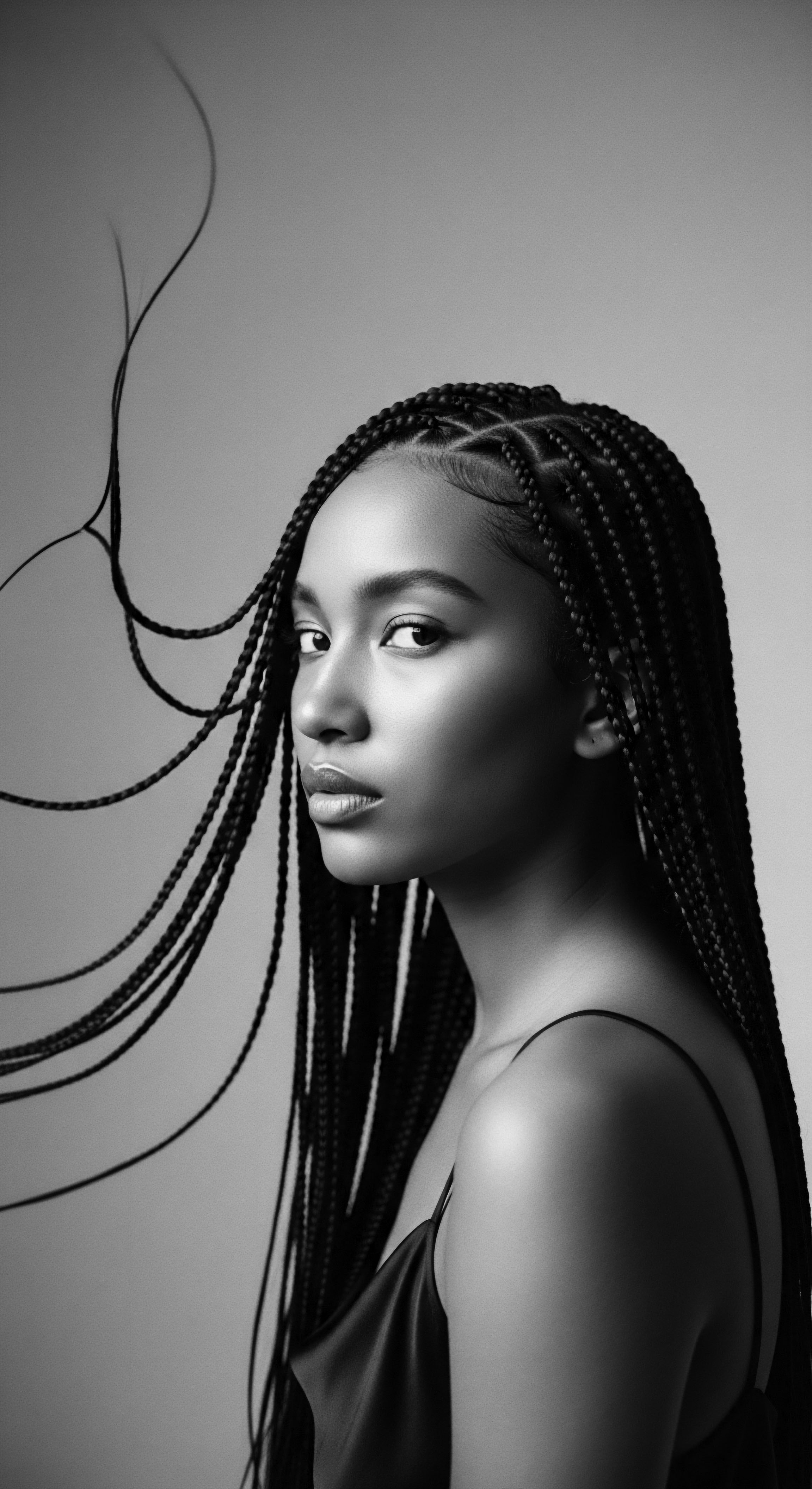
Architects of Hair Harmony
The distinctive morphology of textured hair, characterized by its elliptical shape and varied curl patterns, often presents unique challenges regarding moisture retention and susceptibility to breakage. The natural oils produced by the scalp, which easily travel down straight hair shafts, face a more arduous journey along the curves and coils of textured strands, often leaving the ends vulnerable to dryness. This inherent characteristic makes external moisturizing and strengthening agents, such as Silk Proteins, particularly significant. They assist in creating a protective layer that helps to seal in moisture, mitigating the effects of environmental dehydration and mechanical stress.
Moreover, the affinity of silk proteins, especially sericin, for keratin, the primary protein component of human hair, allows them to bind effectively to the hair shaft. This binding action helps to smooth the hair cuticle, the outermost layer of the hair, which can often be raised or uneven in textured hair, leading to frizz and a dull appearance. By smoothing the cuticle, Silk Proteins enhance light reflection, resulting in a healthier, more lustrous look. This smoothing also reduces friction between strands, which lessens tangling and breakage during styling and manipulation, practices deeply rooted in the daily routines of textured hair care.
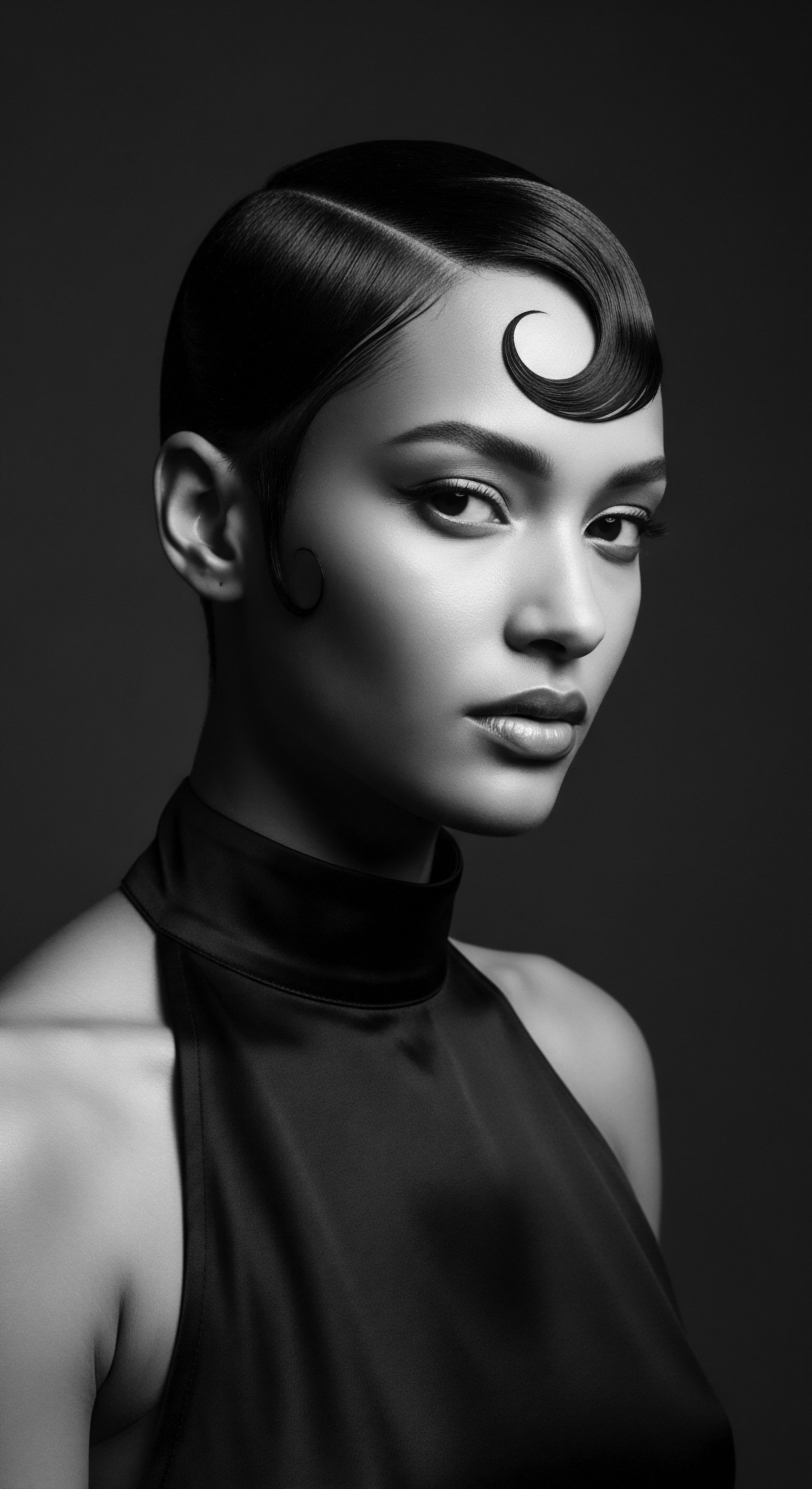
Bridging Ancestral Practices and Modern Science
The desire for strong, lustrous, and manageable hair is not a contemporary invention; it is a timeless pursuit that echoes through generations of Black and mixed-race hair traditions. Ancestral communities across Africa and the diaspora employed a wealth of natural ingredients and intricate techniques to care for their hair, aiming for outcomes that resonate with the benefits offered by modern Silk Proteins. For example, traditional African hair care often involved the use of rich natural butters, oils, and herbs to provide moisture, strength, and protection from the elements. These practices, such as the application of shea butter or coconut oil, sought to fortify the hair, enhance its elasticity, and impart a healthy sheen, much like how Silk Proteins function today.
Consider the meticulous braiding and threading techniques, like those practiced by the Yoruba People of West Africa, which were not merely aesthetic expressions but also served as protective styles, shielding hair from damage and promoting length retention. These ancestral methods implicitly understood the need to reinforce hair structure and preserve moisture, anticipating the very principles that modern science now attributes to ingredients like Silk Proteins. The communal act of hair braiding itself, often a space for storytelling and intergenerational knowledge transfer, underscored the holistic view of hair as a sacred aspect of identity and wellbeing.
| Ancestral Hair Care Goals (Traditional Ingredients/Practices) Enhancing hair strength and resilience (e.g. using plant mucilages, certain clays, specific herbal rinses) |
| Modern Silk Protein Benefits (Hydrolyzed Silk Proteins) Reinforces hair structure, reduces breakage, improves elasticity by binding to keratin |
| Ancestral Hair Care Goals (Traditional Ingredients/Practices) Promoting moisture retention and softness (e.g. shea butter, coconut oil, palm oil) |
| Modern Silk Protein Benefits (Hydrolyzed Silk Proteins) Attracts and retains moisture, preventing dryness and brittleness, smoothing the cuticle |
| Ancestral Hair Care Goals (Traditional Ingredients/Practices) Imparting natural sheen and manageability (e.g. traditional oiling rituals, careful detangling) |
| Modern Silk Protein Benefits (Hydrolyzed Silk Proteins) Smooths hair cuticle, enhances shine, reduces frizz, and improves overall texture |
| Ancestral Hair Care Goals (Traditional Ingredients/Practices) Protecting hair from environmental stressors (e.g. headwraps, protective styling) |
| Modern Silk Protein Benefits (Hydrolyzed Silk Proteins) Forms a protective layer against environmental damage, UV rays, and heat |
| Ancestral Hair Care Goals (Traditional Ingredients/Practices) This table illuminates how contemporary scientific advancements, such as the use of Silk Proteins, align with the enduring objectives of ancestral hair care, offering a continuum of care for textured strands. |
The journey of Silk Proteins in hair care thus mirrors a larger historical narrative ❉ the constant human endeavor to find and refine substances that preserve and enhance our natural attributes. It speaks to a heritage of care that spans continents and centuries, where the wisdom of the past meets the innovations of the present, all in service of healthy, vibrant hair.

Academic
The academic elucidation of Silk Proteins transcends a mere functional description, positioning them as complex biomolecules whose application in textured hair care represents a compelling intersection of material science, ethnobotany, and cultural anthropology. This perspective necessitates a rigorous examination of their biochemical composition, their mechanistic interactions with the hair fiber, and their profound implications within the historical and socio-cultural landscape of Black and mixed-race hair experiences. The meaning of Silk Proteins, from this scholarly vantage, becomes an affirmation of ancestral knowledge, providing scientific validation for long-held practices of hair fortification and adornment.
Hydrolyzed Silk Proteins, the most common form utilized in cosmetic formulations, are derived from the cocoon of the silkworm, Bombyx mori. The primary components, fibroin and sericin, possess distinct yet complementary attributes. Fibroin, a fibrous protein, forms the structural integrity of the silk thread, characterized by its high content of non-polar amino acids like glycine and alanine, arranged in stable beta-sheet crystallites. This structure contributes to its remarkable tensile strength and elasticity.
Sericin, a globular protein, encases the fibroin, acting as a natural binder. Its hydrophilic nature, attributed to a high proportion of polar amino acids, particularly serine (approximately 32% of its composition), endows it with exceptional moisture-binding capabilities. The hydrolysis process breaks these large protein chains into smaller peptides and amino acids, optimizing their penetration into the hair cortex and enhancing their bioavailability.
The efficacy of these smaller silk protein fragments lies in their molecular resemblance to keratin, the predominant protein of human hair. When applied to hair, hydrolyzed silk proteins can form a protective film on the cuticle surface, mitigating environmental damage and reducing friction, which is particularly beneficial for the often-raised cuticles of textured hair. Beyond surface-level conditioning, the smaller peptides and amino acids can permeate the hair shaft, filling microscopic gaps and reinforcing weakened areas within the cortex. This internal strengthening mechanism contributes to a discernible improvement in hair elasticity and a reduction in breakage, common challenges for highly coiled and curly hair types.
Academic inquiry into Silk Proteins reveals a molecular symphony, harmonizing with the unique architecture of textured hair to restore its ancestral strength.

The Unbroken Lineage ❉ Silk Proteins and Textured Hair Heritage
The historical context of hair care within Black and mixed-race communities reveals a persistent, ingenious quest for hair health and aesthetic expression, often under duress. The very qualities that Silk Proteins now offer—strength, moisture retention, and a smooth finish—were the aspirations of ancestral practices, achieved through deep knowledge of natural ingredients and labor-intensive styling rituals. This is not a novel desire but an enduring legacy.
Consider the deep historical and cultural significance of hair in African societies, where elaborate hairstyles served as visual markers of identity, social status, age, marital status, and spiritual beliefs. The maintenance of these intricate styles, and indeed the health of the hair itself, was paramount. Traditional hair care routines often involved the meticulous application of various plant-based emollients, oils, and butters.
For instance, in many West African cultures, including the Yoruba, the careful grooming of hair was a profound act, linked to the concept of Ori, the physical and spiritual head, considered the seat of one’s destiny. The application of rich, natural substances was not merely cosmetic; it was a ritualistic act of honoring the self and one’s lineage.
While direct historical evidence of isolated “silk proteins” in ancient African hair practices is, understandably, absent due to the scientific advancements required for their extraction, the properties of silk and the benefits derived from its proteins find compelling parallels in traditional African hair care. African societies, particularly in North and West Africa, were exposed to silk through trans-Saharan trade routes, incorporating it into textiles and adornments. The very characteristics that made silk a prized fabric—its sheen, strength, and softness—were also highly valued attributes for hair.
A powerful historical example of this enduring pursuit of hair vitality and resilience, particularly relevant to the benefits now offered by Silk Proteins, can be observed in the meticulous hair care practices among the Yoruba People of Nigeria. As documented by scholars like Babatunde Lawal in his work on Yoruba art and culture, the emphasis on hair health and elaborate styling was deeply integrated into their cosmology and social structure. The Yoruba tradition of Orilonise, which pertains to the hermeneutics of the head and hairstyles, highlights how hair was not merely an appendage but a significant site of spiritual and social meaning. The extensive use of natural oils, butters, and sometimes plant fibers in traditional Yoruba hair care aimed to protect, strengthen, and moisturize the hair, enhancing its ability to hold complex styles and resist breakage, thereby maintaining its symbolic integrity and aesthetic appeal (Lawal, 2000, pp.
92-109). This ancestral commitment to robust, well-nourished hair, which minimized fragility and enhanced its natural sheen, aligns directly with the contemporary benefits of Silk Proteins in promoting elasticity and preventing damage in textured strands. The continuous thread connecting ancient Yoruba practices of hair maintenance with modern scientific interventions like Silk Proteins is the shared objective of preserving the hair’s inherent vitality and beauty, reflecting a deep cultural understanding of hair as a living crown.
The devastating impact of the transatlantic slave trade systematically attempted to erase these cultural practices, as enslaved Africans were often stripped of their hair tools and subjected to conditions that severely damaged their hair. Yet, resilience endured. Hair became a site of quiet resistance and cultural preservation.
The continued practice of braiding, twisting, and oiling hair, often with limited resources, speaks to an innate understanding of hair’s needs for protein and moisture, even without the scientific nomenclature. For instance, the use of substances like palm oil or coconut oil in the diaspora served to nourish and protect, providing a functional parallel to the film-forming and moisturizing attributes of sericin.
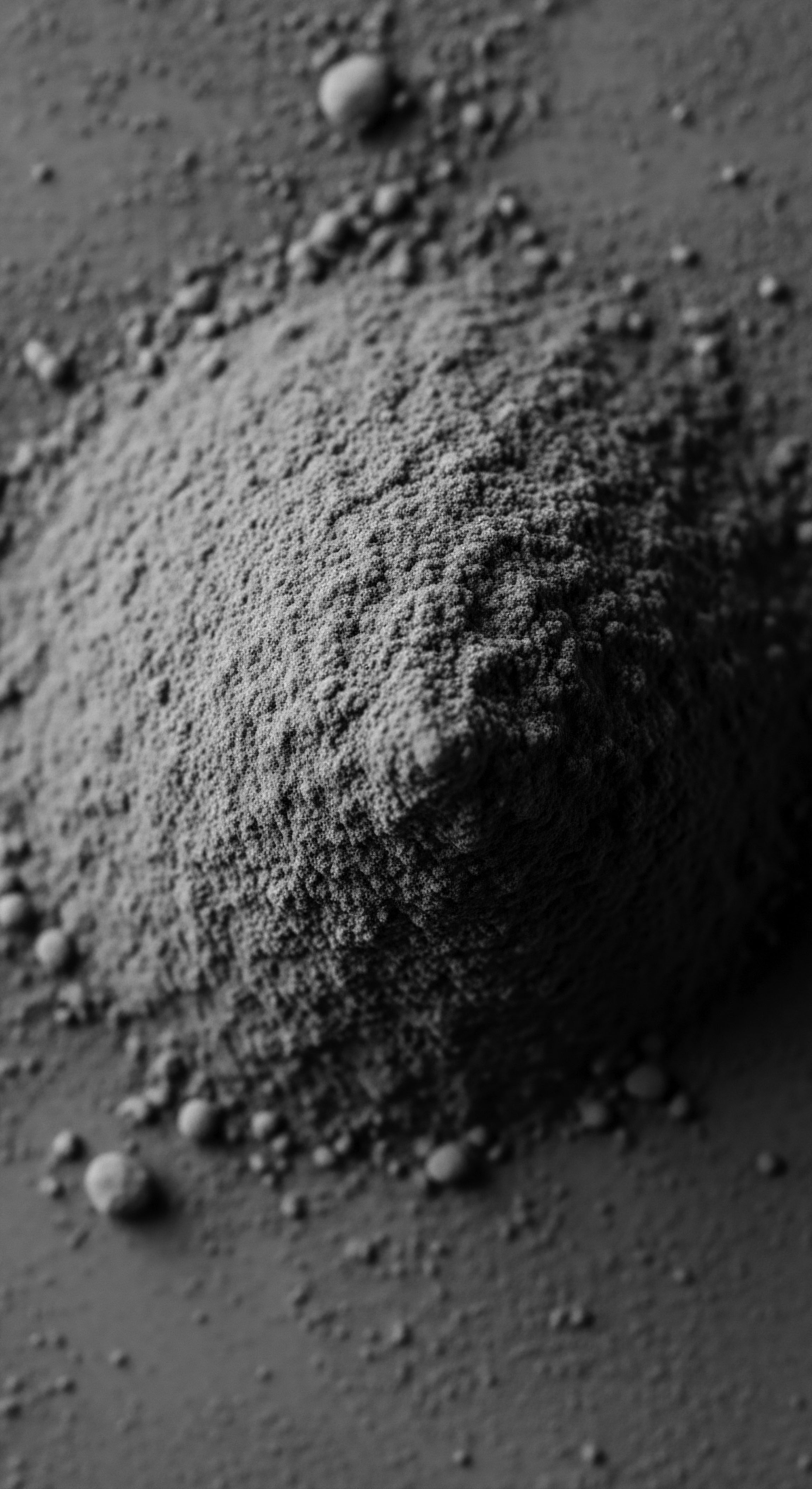
Beyond the Molecule ❉ Societal Implications
The academic lens also considers the societal implications of ingredients like Silk Proteins within the broader narrative of textured hair. In a world where Eurocentric beauty standards historically marginalized natural hair textures, the ability of Silk Proteins to enhance the health, strength, and manageability of coils and curls holds a particular significance. They do not seek to alter the inherent texture but rather to optimize its health, allowing individuals to celebrate their natural hair in its most vibrant state. This resonates with the ongoing natural hair movement, which advocates for the acceptance and celebration of diverse hair textures, directly challenging historical biases.
The academic discourse surrounding Silk Proteins in textured hair care must therefore be mindful of its historical context. It is not merely about biochemical reactions; it is about providing tools that empower individuals to reconnect with their hair’s ancestral strength and inherent beauty, fostering a sense of pride and self-acceptance that has been hard-won through generations. The science of Silk Proteins, when viewed through this heritage lens, becomes a powerful affirmation of a continuous, living tradition of care.
- Keratin Affinity ❉ Hydrolyzed silk proteins exhibit a strong affinity for hair’s natural keratin, allowing for effective repair and strengthening of the hair shaft.
- Moisture Regulation ❉ Sericin’s hydrophilic properties contribute to exceptional moisture retention, crucial for preventing dryness and brittleness in textured hair.
- Cuticle Smoothing ❉ The film-forming capacity of silk proteins helps to smooth the hair cuticle, reducing frizz and enhancing natural sheen.
- Protective Barrier ❉ They form a protective layer that shields hair from environmental aggressors and thermal styling damage, preserving hair integrity.
| Era/Context Pre-Colonial African Societies |
| Hair Fortification Method Application of natural oils (e.g. shea butter, palm oil), herbal infusions, protective braiding |
| Underlying Principle (Heritage Link) Deep understanding of natural emollients for moisture and structural integrity; communal care as a protective ritual |
| Era/Context Transatlantic Slave Trade & Diaspora |
| Hair Fortification Method Limited access to traditional remedies, resourceful use of available oils (e.g. cooking oils), continued braiding |
| Underlying Principle (Heritage Link) Resilience and adaptation in preserving hair health despite systemic oppression; clandestine acts of self-care |
| Era/Context Post-Emancipation to Mid-20th Century |
| Hair Fortification Method Hot combs, chemical relaxers (often driven by societal pressures), but also continued use of oils/greases |
| Underlying Principle (Heritage Link) Navigating imposed beauty standards while seeking ways to manage and protect hair, sometimes with damaging methods |
| Era/Context Contemporary Textured Hair Care (incl. Silk Proteins) |
| Hair Fortification Method Hydrolyzed silk proteins, other protein treatments, advanced conditioning agents, protective styles |
| Underlying Principle (Heritage Link) Scientific validation of ancient principles of protein and moisture balance; celebrating natural texture with enhanced health |
| Era/Context This table illustrates the continuous, evolving quest for hair strength and beauty across different historical periods for textured hair, culminating in modern scientific solutions like Silk Proteins that echo ancestral wisdom. |
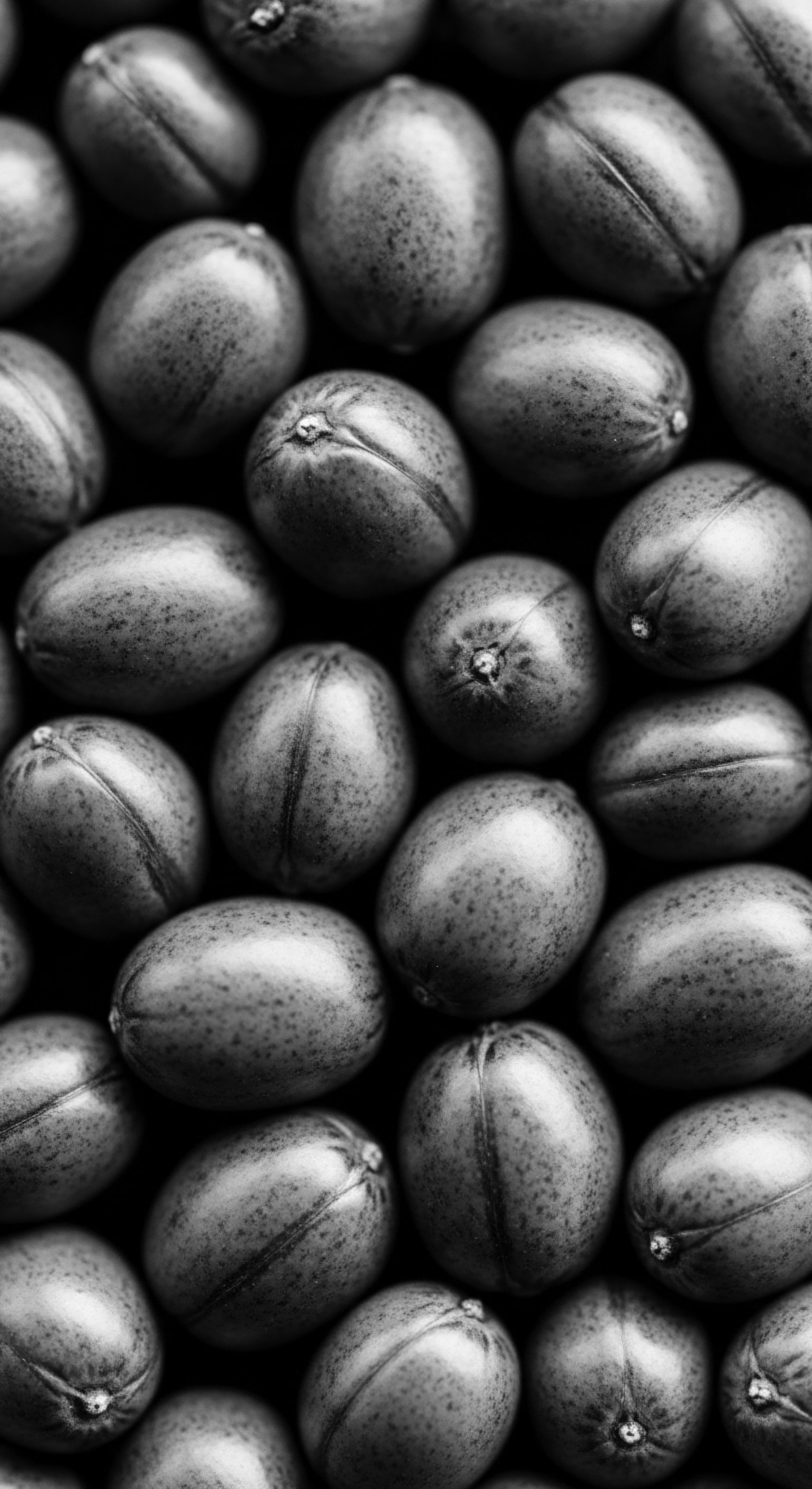
Reflection on the Heritage of Silk Proteins
As we draw our exploration of Silk Proteins to a close within Roothea’s living library, we are left with a profound sense of continuity, a harmonious echo across time. The journey of these remarkable biomolecules, from the delicate artistry of the silkworm to their sophisticated role in modern hair care, is not merely a tale of scientific progress. Instead, it is a resonant narrative, deeply infused with the ‘Soul of a Strand’ ethos, particularly as it pertains to Textured Hair Heritage. It reminds us that the quest for hair vitality, for strands that reflect strength, beauty, and resilience, is an ancient human endeavor.
The benefits that Silk Proteins confer upon textured hair—enhanced elasticity, profound moisture retention, and a protective sheen—are not newly desired attributes. They are the very qualities that ancestral hands sought to cultivate through generations of meticulous care, through the thoughtful application of natural emollients, and through the artistry of protective styles. The science of today, in refining and harnessing the power of Silk Proteins, does not replace this ancestral wisdom but rather affirms it, offering new pathways to achieve the timeless ideals of hair health that have always been central to Black and mixed-race communities.
This enduring connection is a powerful testament to the ingenuity and perseverance embedded within our hair heritage. Each application of a product infused with Silk Proteins can be viewed as a continuation of a sacred ritual, a modern homage to the hands that braided, oiled, and adorned hair through centuries of joy, struggle, and triumph. It is a reminder that our hair, in all its varied textures and forms, carries stories, memories, and the unbroken lineage of care. The Silk Proteins, therefore, are more than just an ingredient; they are a tender thread, weaving the past into the present, allowing our hair to voice its identity and shape a future where every strand is unbound and celebrated.

References
- Lawal, B. (2000). Orilonse ❉ the hermeneutics of the head and hairstyles among the Yoruba. In R. Sieber (Ed.), Hair in African art and culture (pp. 92-109). Museum for African Art; Prestel.
- Oforiwa, A. (2023). The History and Culture of African Natural Hair ❉ From Ancient Times to Modern Trends. AMAKA Studio .
- Serione. (2024). Silk Proteins Showdown ❉ Fibroin vs Sericin – Which Reigns Supreme in Hair Care? Serione .
- ELASTA HAIRCARE. (n.d.). Silk Protein (Hydrolyzed). ELASTA HAIRCARE .
- James Wild Herbs. (n.d.). Hydrolyzed Silk Protein. James Wild Herbs .
- FEBS Biotechnology. (2022). Sericin. FEBS Biotechnology .
- Clinikally. (2023). Hydrolyzed Proteins for Hair Repair and Nourishment. Clinikally .
- Prose. (n.d.). Silk Proteins – Best Ingredients for Hair. Prose .
- Serione. (2024). Revolutionary Silk Protein Patents Transforming Hair Care ❉ Sericin’s Impact on Beauty. Serione .
- Afriklens. (2025). The Evolution of African Hairstyles in Cultural Celebrations. Afriklens .
- Afriklens. (2025). How African Hairstyles Reflect Identity ❉ and Heritage. Afriklens .
- Substack. (2025). Ancestral Hair Rituals to Nourish Your Hair and Soul. Substack .
- Seychelles Nation. (2022). The connection between hair and identity. Seychelles Nation .
- Happi. (2021). Hair Care Is a Focus in Africa. Happi .
- The Braiding Vault. (n.d.). The Importance of Protein Treatments for Afro Hair. The Braiding Vault .
